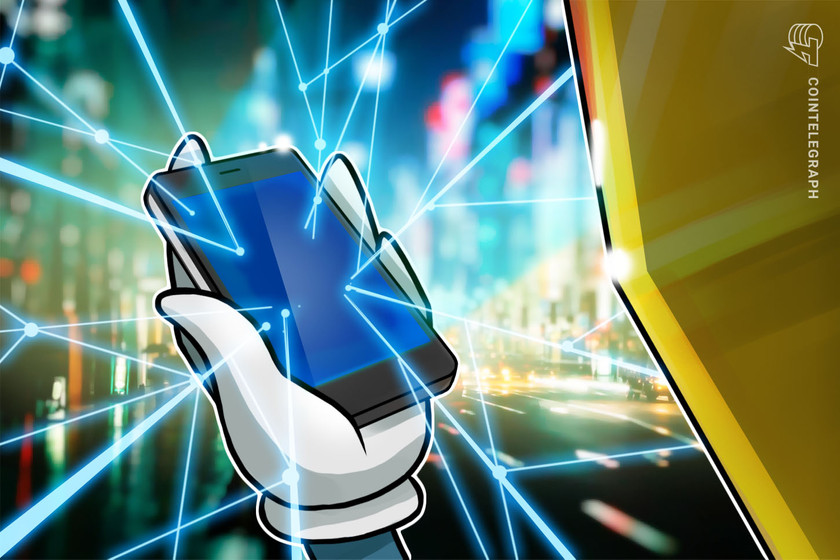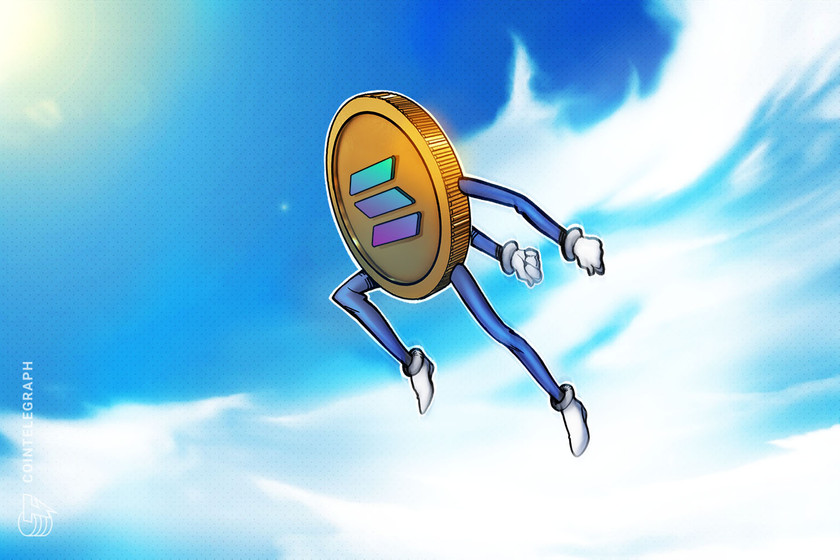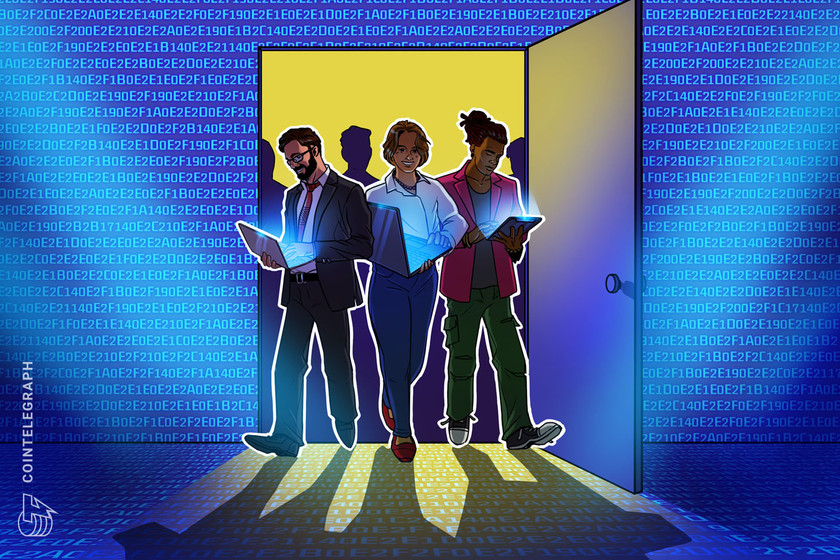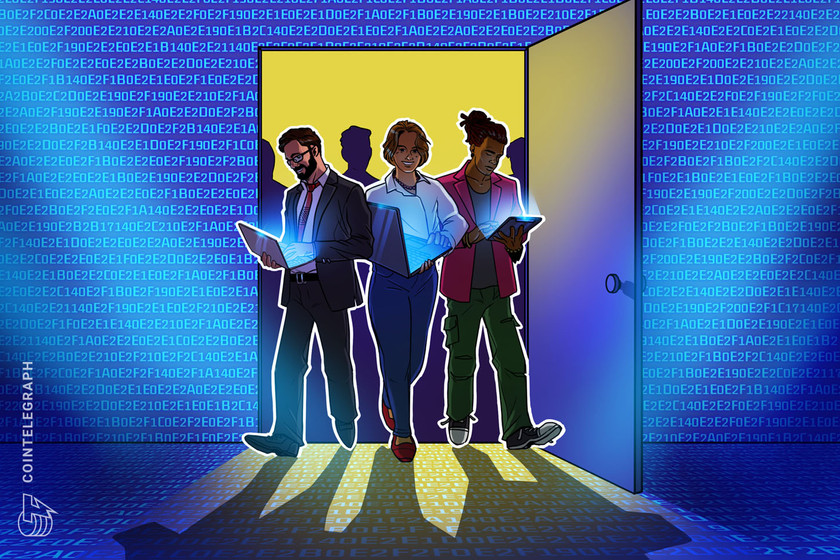IoT project turns smartphones into blockchain nodes to broaden connectivity


A new project aims to use the Internet of Things to let smartphone users establish nodes, providing connectivity to IoT smart devices.
Smartphones could become an integral part of blockchain networks, powering connectivity among smart devices in the Internet of Things (IoT) industry.
Nodle is the firm behind a connectivity platform that incentivizes users to become nodes of an IoT network. Making use of the increasing proliferation of smartphones worldwide, the network uses Bluetooth connectivity to rent computing power, storage and Bluetooth capability of devices to broaden the footprint of IoT networks.
Nodle CEO Micha Anthenor Benoliel outlined details of the project in an interview with Cointelegraph, which looks to tap into a global network of electronic devices connected through Bluetooth Low Energy communication. Leveraging the ability to communicate with smartphones through this connectivity, Nodle’s network taps into a worldwide pool of devices and computing power without deploying additional hardware.
Smartphones run Nodle software and operate a node to broaden the network and provide resources to run what the project calls smart missions. As a novel form of the action-to-earn (A2E) trend, users are rewarded for keeping their app active, which allows the node to complete these smart missions.
Nodle described smart missions as similar to smart contracts on the Ethereum network. The main difference is that these smart contracts are able to interact with the physical world and devices through the network’s smartphones.
Developers are able to create smart missions and deploy them to the network. They’re also key to the ecosystem, as deploying a smart mission is funded by developer fees. Developers also need to include incentive mechanisms to entice users to complete specific smart missions.
An example of a smart mission would see a user connect to a specific device or sensor within a certain geographic location and receive payment for successfully completing the mission. Another example could request a smartphone user to complete a specific task like taking a photo at an event.
The concept is not dissimilar to conventional GPU or ASIC mining, where a user provides computational power to a network for a share of rewards. This is typically energy intensive, which would quickly deplete devices with smaller power reserves. Nodle touts that its application consumes up to 3% of a smartphone’s daily battery from a full charge, allowing users to continue using their device without notable strain.
Related: Little by little, blockchain technology is beginning to appear around the house
The network forms part of an emerging action-to-earn trend that looks to incentivize users and ecosystems to carry out specific tasks or actions. Benoliel said the mechanic serves two purposes: rewarding users while incentivizing and contributing to the growth of the network.
Nodle has previously partnered with enterprises looking to use its network to power unique use cases. The app was used to power a service that made use of Nodle-connected smartphones to identify stolen cars through Bluetooth identifiers.
The IoT sector has also been influenced by the broadening impact of blockchain technology in recent years. IoT, global engineering and technology company Bosch headlined the formation of a foundation that will invest $100 million in grants funding the development of Web3, artificial intelligence and decentralized technologies over the next three years.





